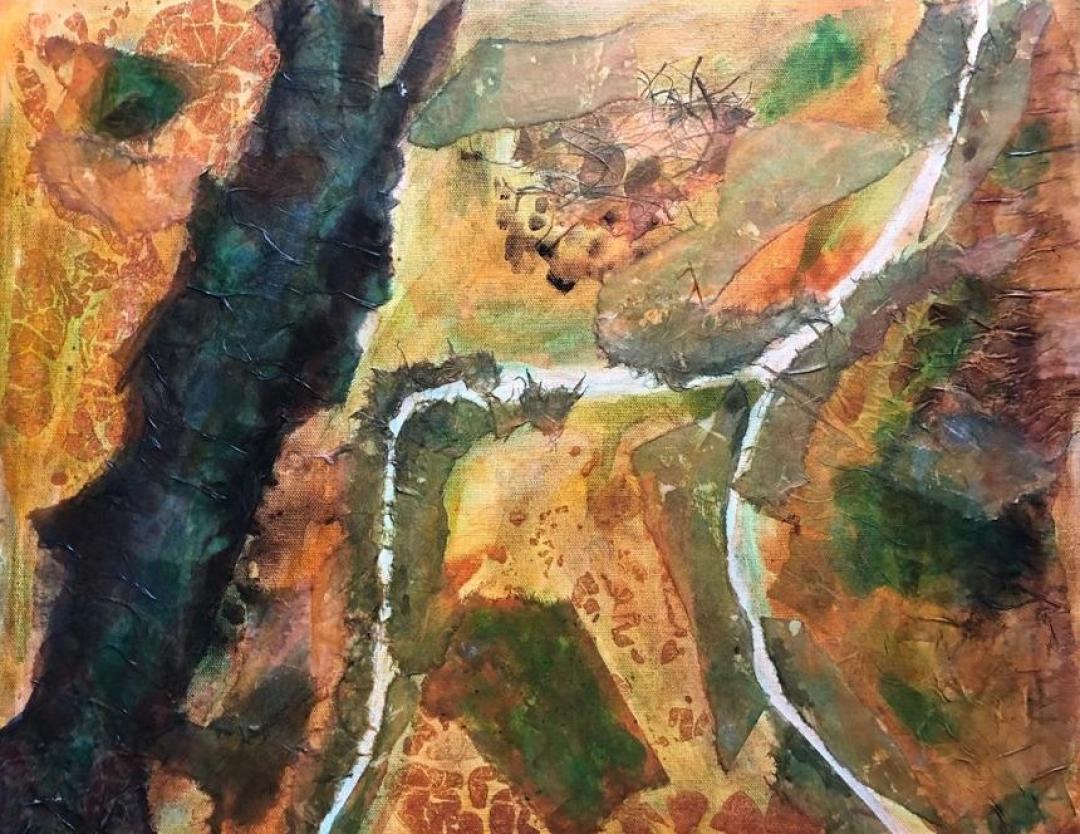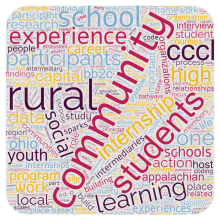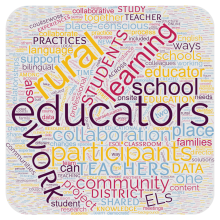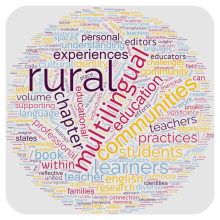

book
This study examines the outcomes of non-school internships hosted by two Appalachian Ohio organizations: Rural Action and Building Bridges to Careers (BB2C). As intermediary organizations, these entities work outside the boundaries of formal schooling to address issues of youth outmigration and sustainable community development through high school internships. This qualitative study, guided by the conceptual framework of community and career connected learning (CCCL), seeks to fill a gap in the literature where existing studies favor a distinctly urban-centric vantage point or focus on optimizing social mobility and developing skills needed to maintain a globalized, unrooted workforce. Previous program participants (2016–2020) between one to three years post-high school graduation (n = 25) were interviewed and data were analyzed using generalized issue focused analysis. Findings reveal impacts on participants’ (a) perceived role within their rural communities, (b) career pathways, and (c) social capital acquisition. Participants indicated the internship positioned them to establish an initial career trajectory, while also leading them to reconsider their role within the community.

book
Data on postsecondary degree attainment show persistent equity gaps between rural and nonrural student demographics. Accordingly, colleges and universities throughout the United States are now recognizing the need for more explicit support of rural stakeholders. These efforts are spurred by political shifts that have foregrounded the concerns of rural peoples in the United States and drawn rural spaces into the center of policy discourse. Policymakers seeking to further support rural demographics often face challenges, particularly in operationalizing rurality as a policy construct. This case study analyzes the development of a rural equity initiative—the Engage Program—at pseudonymous Southern State University, a public land-grant university in the Southeastern United States. By applying Schneider and Ingram’s policy design lens, the author explores the ways in which campus administrators wrestle with and help to produce—or reproduce—social constructions of rurality. The results suggest that rural equity initiatives may serve to introduce rurality into mainstream conversations about campus diversity, helping to further crystallize rural identities on college campuses and, by extension, within society at large.

book
Rural schools and communities across the United States are increasingly diverse—linguistically, racially, and culturally. As rural schools experience this diversity, the need for well-prepared educators (teachers, leaders, counselors, and coaches) has continued to grow. This three-year study consisted of a place-conscious educator professional development program aimed to support rural English learners (Els) and their families. Participants engaged in six hybrid graduate level courses with onsite meetings, coaching, and classroom support. Data for this study derived from participating educators’ coursework, focus groups, material archives, observations, and fieldnotes. Data were analyzed following open and axial coding techniques, collapsed into categories, and merged into themes. Data indicated that the collaboration that emerged from the professional development was relational, equal, and synergistic in nature. This collaboration appeared to be pivotal in creating and implementing new supports for ELs and more equitable education for EL students and families.

